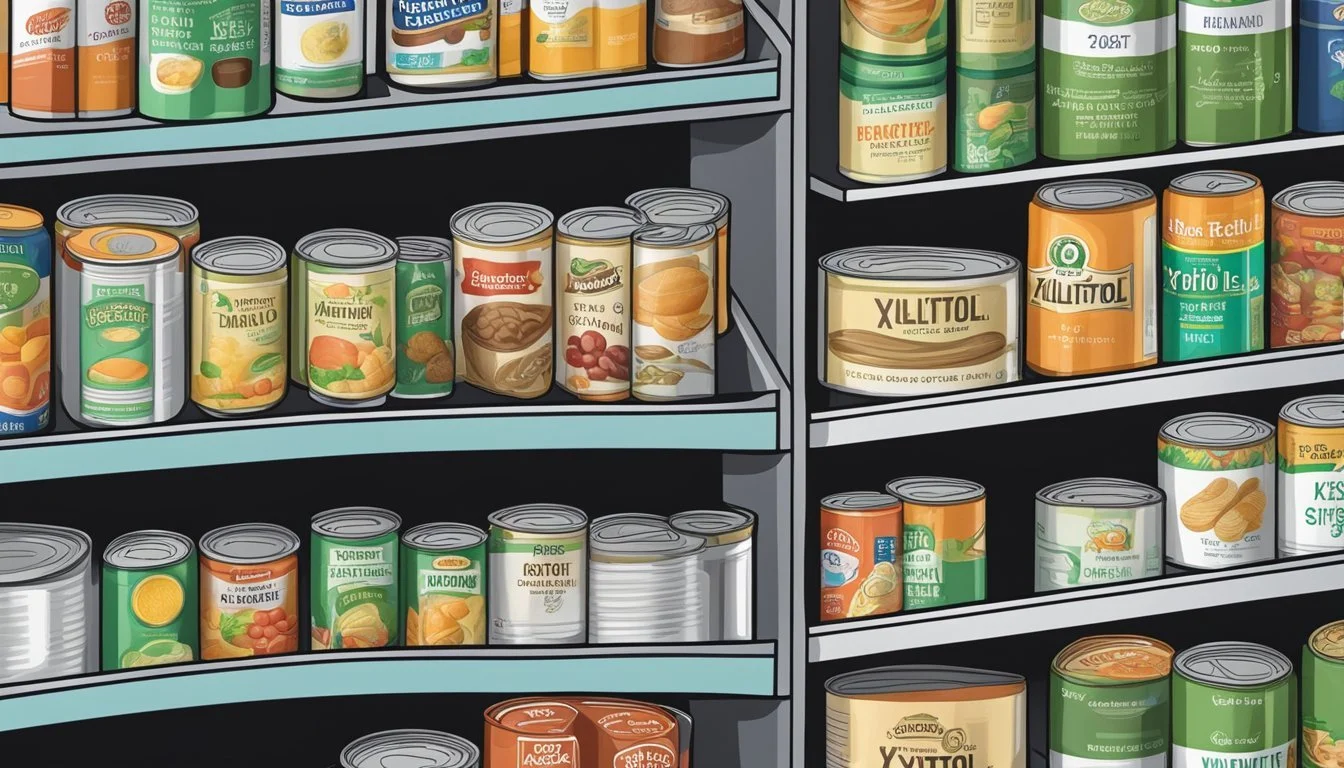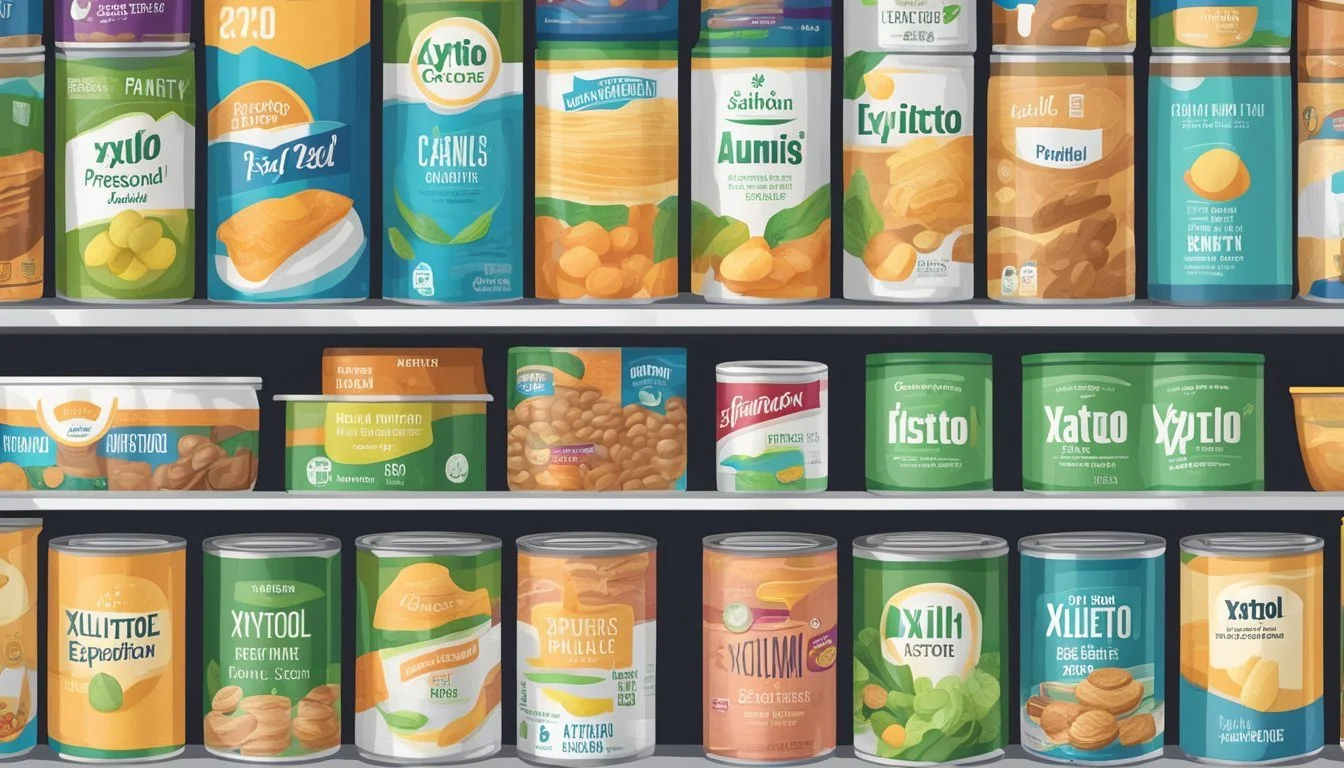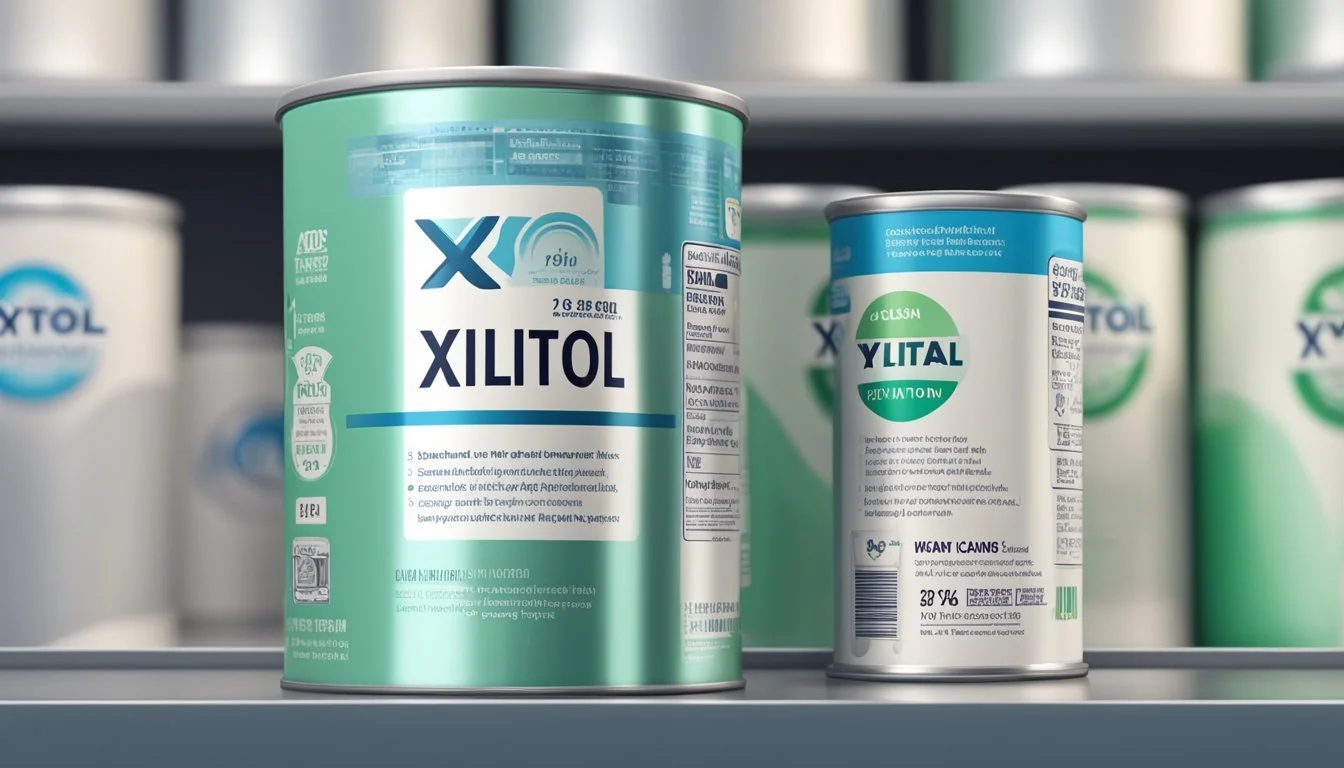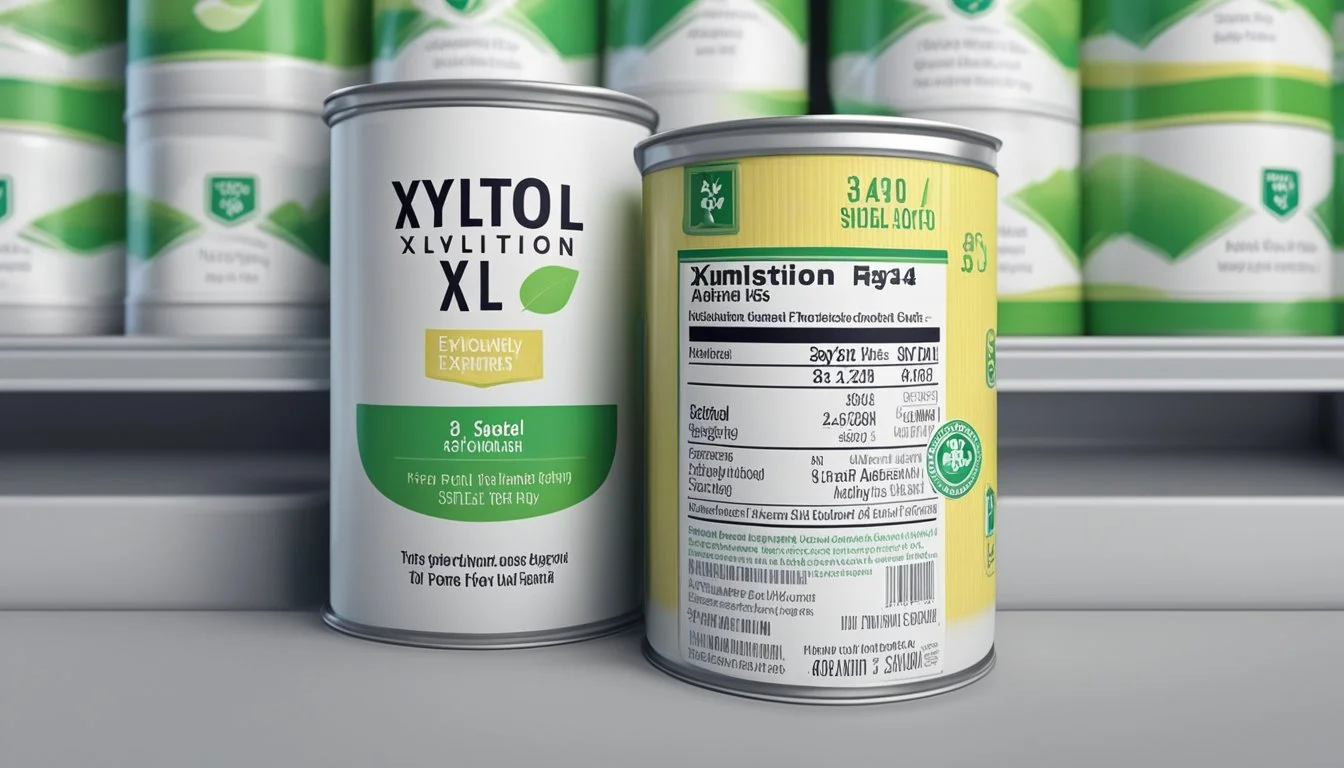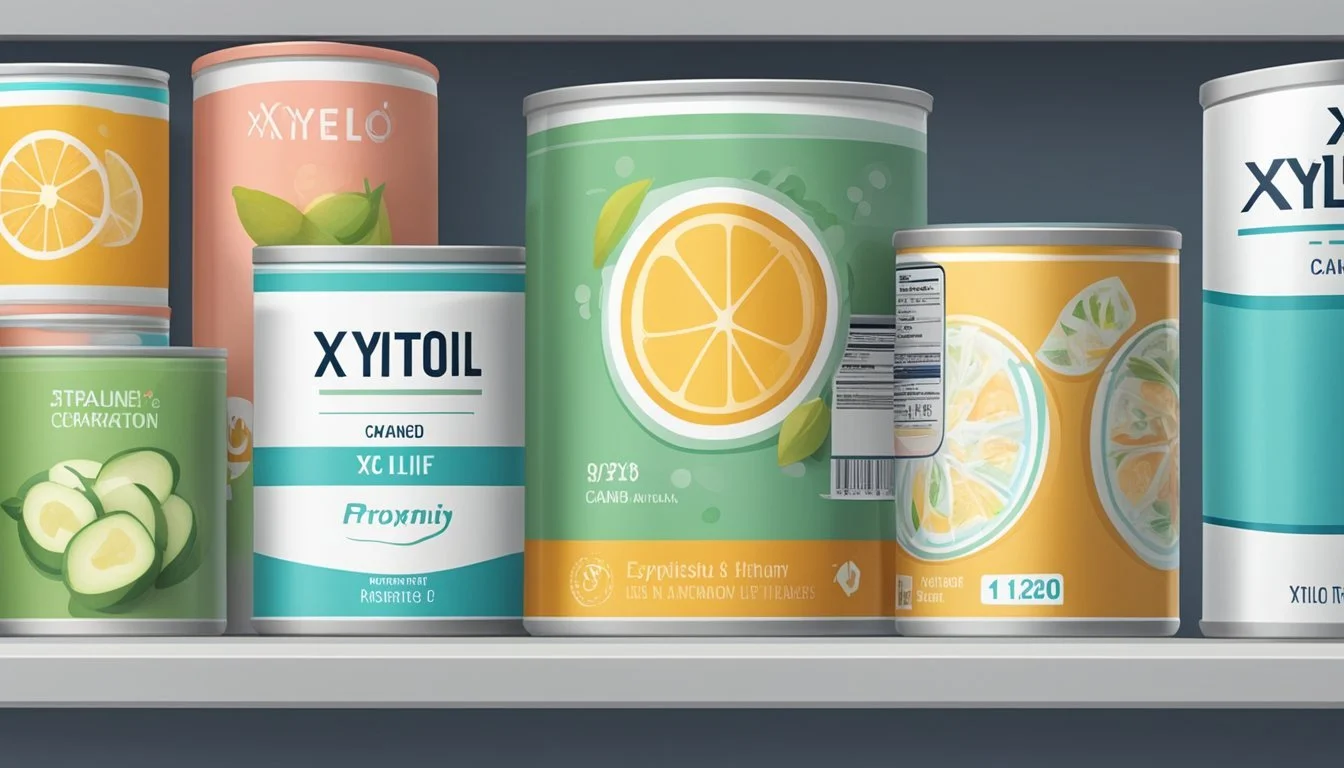How Long Does Canned Xylitol Last?
Shelf Life and Storage Tips
Xylitol, a sugar alcohol used as a sweetener, is known for its longevity on the shelf compared to many other food products. It does not technically expire, which means it does not become unsafe to consume after a certain date. However, the quality of xylitol can degrade over time, especially once the product has been opened. In an unopened state, xylitol can generally maintain its optimal quality for about two years past the best-by date indicated on its packaging.
Once opened, the shelf life of xylitol shortens due to exposure to environmental factors such as moisture, air, and contaminants. An opened package of xylitol is best used within six months past the best-by date for maximum quality and flavor retention. The product may still retain its sweetness after this time, but the intensity of flavor could be lessened. It is important for consumers to store xylitol properly, in a dry and cool location, to extend its usability and maintain its quality.
The decline in quality does not infer that xylitol becomes hazardous to health after the six-month period post-opening, but it does signal a diminish in its characteristic sweet taste. Manufacturers recommend adherence to the best by date for an optimal experience, and while xylitol is hardy in terms of safety, taking note of changes in texture, flavor, and appearance is advised for maintaining the standard consumers expect from this product.
Understanding Canned Foods
This section dives into the essentials of canning, the variety of foods that benefit from this preservation method, and how to identify when canned goods are no longer safe to consume.
Canning Basics
Canning is a preservation technique that extends the shelf life of food by storing it in airtight, sealed containers. The primary goal of canning is to prevent spoilage and maintain food quality by inhibiting the growth of microorganisms. During the canning process, foods are typically heated to destroy harmful bacteria and then sealed within containers such as ball or mason jars to keep them sterile. Once properly sealed, canned goods do not require refrigeration and can be stored in a pantry or cupboard.
Types of Canned Foods
Canned foods can be classified broadly into:
High-acid foods: These include fruits, tomatoes, and pickles, which generally maintain their quality for 18 months post the manufacturer's date.
Low-acid foods: Examples are meats, vegetables, and stews. Their peak quality lasts from two to five years.
Shelf life can vary significantly based on the acidity level of the content within the cans. Unlike items stored in a fridge or freezer, canned goods can be kept at room temperature until opened. After opening, shelf life decreases and the food should ideally be consumed within a few days to avoid spoilage, with the remainder stored in the fridge.
Indicators of Spoilage
Spotting spoilage involves a few clear indicators that one must not ignore since they can lead to foodborne illnesses such as botulism, a serious condition caused by a toxin produced by bacteria in foods that have not been properly canned or stored:
Swelling or bulging cans: This is a telltale sign that gas has been produced inside the container, possibly due to bacterial growth.
Leaks and dents: Damaged cans may have been compromised, rendering their contents unsafe.
Off smells or colors: Any pronounced odors or unexpected color changes suggest the food might have spoiled.
One should discard any canned goods showing such signs without tasting the contents to prevent potential illness.
Storage Recommendations
To preserve the quality and safety of canned xylitol, optimal storage conditions are a must. They must navigate between too much heat and excess moisture, while also considering if refrigeration or freezing is applicable.
Ideal Storage Conditions
For canned xylitol, the ideal storage environment is in a pantry or cupboard where temperatures are consistently cool and the area is dry. Such foods should be kept away from direct sunlight and heat sources, as these can cause the xylitol to degrade quicker. An airtight container is paramount to prevent exposure to air and moisture which can lead to spoilage.
Refrigeration and Freezing Options
Contrary to certain shelf-stable or non-perishable items, canned xylitol does not benefit from refrigeration or freezing. Cold temperatures could introduce moisture that may compromise the sweetener's quality. Therefore, they should be stored at room temperature where the environment is controlled and without drastic fluctuations.
Impact of Storage on Food Quality
How canned xylitol is stored will directly impact its longevity and quality. Although it is classified as a non-perishable item, maintaining a cool, dry place away from moisture and heat helps ensure the product stays fresh and safe for consumption. It's crucial to keep in mind that while canned xylitol may remain safe over an extended period, the best quality is usually enjoyed within the suggested shelf life on its labeling.
Safety and Health Considerations
When considering the safety and health implications of storing canned xylitol, it's critical to recognize spoilage signs, prevent foodborne illness, and maintain the nutritional value.
Recognizing Food Spoilage
Stored canned goods, including those containing xylitol, should be regularly inspected for signs of spoilage. Xylitol itself does not spoil in the same manner that perishable foods might, but when mixed with other ingredients, the potential for spoilage exists. Spoilage indicators include:
Bulging or leaking cans
Visible mold or odd colors in the content
Off-putting odors when opened
Preventing Foodborne Illness
To reduce the risk of foodborne illness, always store canned xylitol in a cool, dry place and handle it with clean utensils. The USDA provides guidelines regarding proper food storage to prevent the growth of harmful bacteria like Clostridium botulinum, the cause of botulism. One must ensure that home canned goods are processed correctly to avoid the production of toxins. Home canned xylitol should be consumed within a year for optimal safety and quality, although it can remain safe longer if stored properly.
Maintaining Nutritional Value
The nutritional value of xylitol, as with other food products, can degrade over time. To ensure that canned xylitol retains its quality and beneficial properties:
Store unopened xylitol in optimal conditions, away from direct sunlight
Once opened, xylitol should be stored in an airtight container to reduce exposure to moisture and contaminants
By adhering to these safety and health considerations, consumers can enjoy the benefits of canned xylitol while minimizing potential risks.
Specifics of Canned Xylitol
Canned xylitol, when stored properly, retains its sweetening properties despite an extended shelf life. Understanding its durability, how to identify quality loss, and safety considerations can help determine its usability.
Shelf Life Expectancy
Canned xylitol exhibits a generous shelf life due to its stable chemical structure. Upon storing unopened cans:
The product can last indefinitely, maintaining sweetness.
Quality may start to decline after two years past the noted best-by date.
For opened cans, the timeline for optimal taste and quality decreases:
It is best used within six months post-opening, assuming proper storage.
Signs of Degradation
Noticing changes in the xylitol is important to ensure it is still suitable for use. Key indicators include:
Taste: Diminished sweetness over time.
Appearance: Any bulging, leaking, or swelling of the container.
Container integrity: Signs of rust or damage that may affect the contents.
Consumption Safety
Canned xylitol is considered safe for consumption past its best-by date, given there are no signs of spoilage. Safety measures entail:
Ensuring the can is free of damage or abnormal changes.
Discarding if the product shows any visible signs of degradation.
Observing for off smells or flavors which may suggest spoilage.
Frequently Asked Questions
This section addresses common concerns regarding the longevity and safety of canned xylitol. It provides essential information on how different conditions affect the shelf life of this sweetener when stored in cans.
Freezing and Thawing Canned Goods
Canned xylitol, like other canned goods, is not typically subject to freezing. If frozen accidentally, the can's integrity should be checked for bulging or damage post-thawing as these can compromise shelf life. However, xylitol itself does not degrade in quality due to freezing and thawing cycles.
Impact of Can Damage on Shelf Life
Shelf life of canned xylitol can be significantly reduced if the can is compromised. Rust and dents can lead to spoilage, contamination, and loss of quality. Consumers should inspect cans for any signs of damage, as a dented or rusted can may no longer be airtight, exposing the xylitol to potential spoilage factors.
Differences Between Commercial and Home Canning
Commercially canned xylitol is processed under strict guidelines and tends to have a longer shelf life than home-canned goods. Commercially canned low-acid foods like xylitol can typically last for years when properly stored. On the other hand, home-canned xylitol, though not common, may have a shorter shelf life due to the varying sterilization techniques used in the canning process. It is imperative to follow standardized canning procedures for safety and quality when home canning any products, including xylitol.

